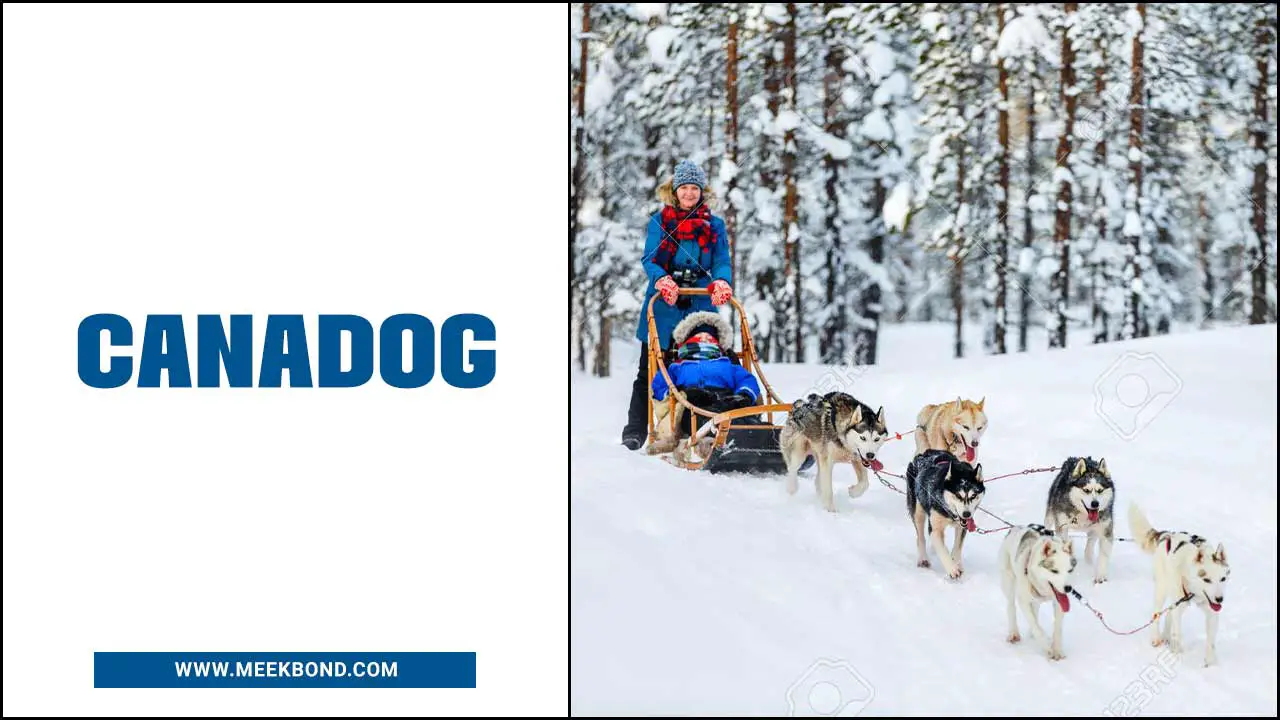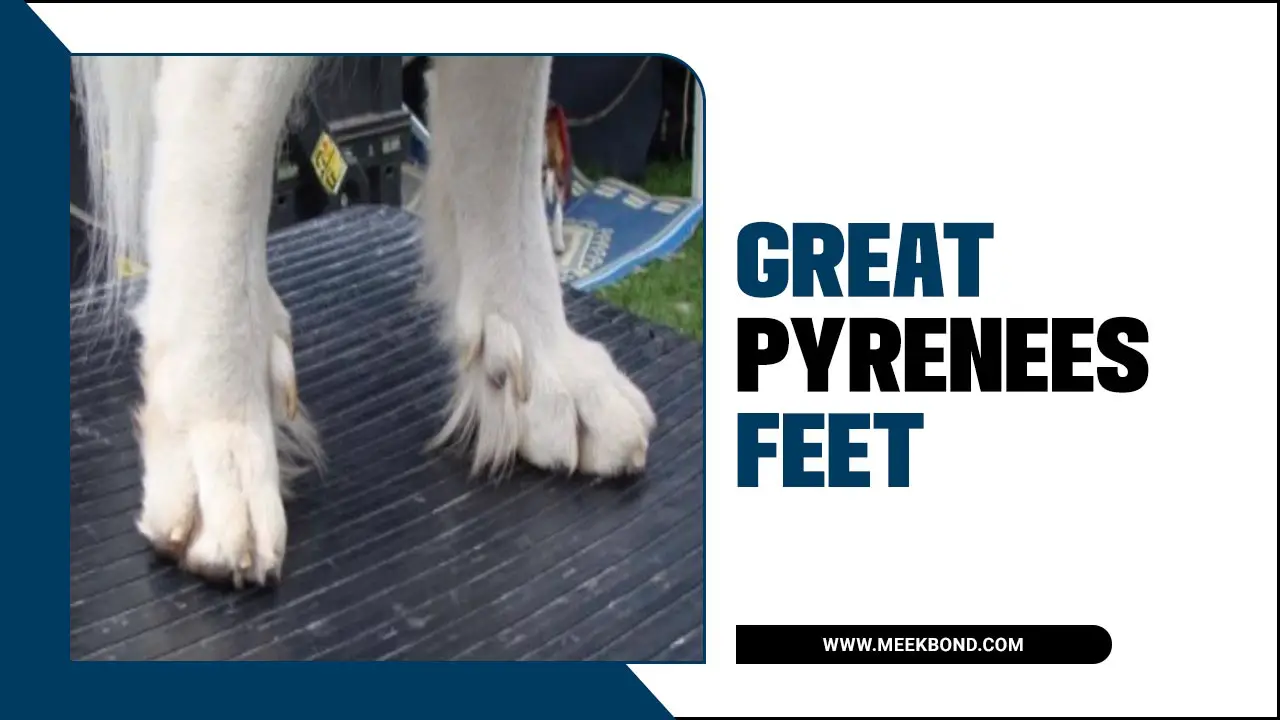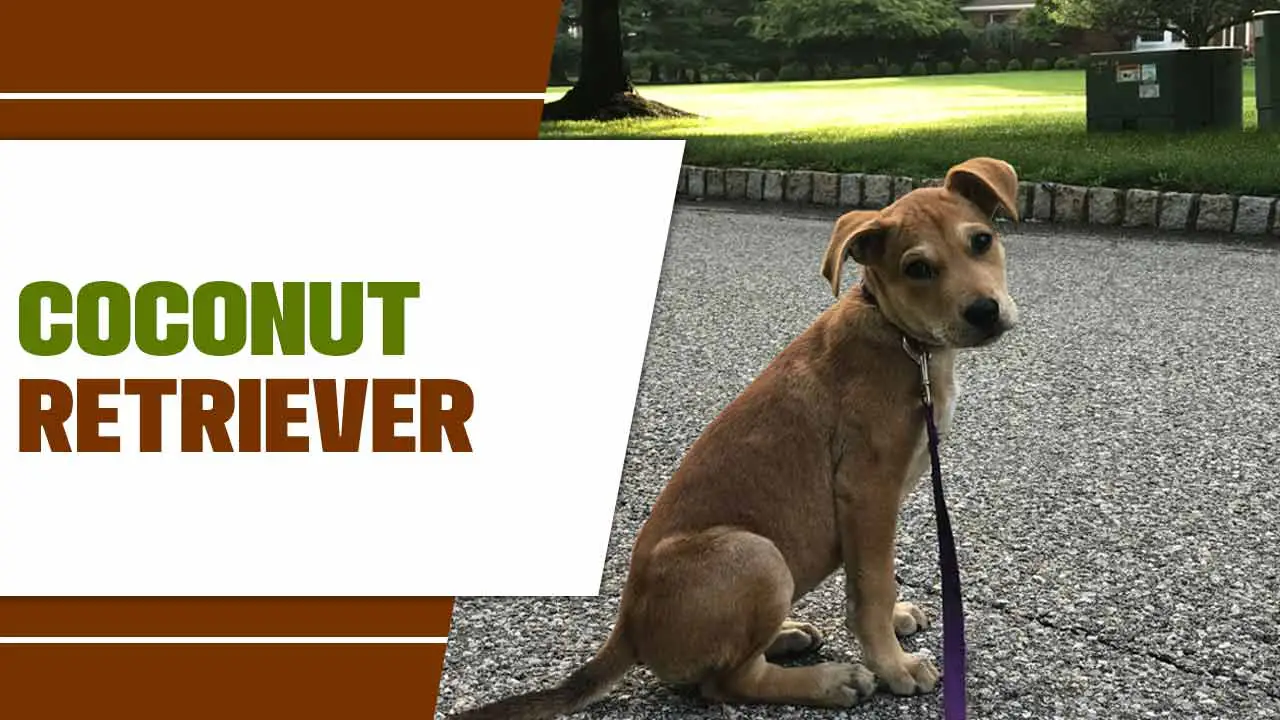A curved dachshund back is common in this breed due to its long vertebrae. The intervertebral discs between their vertebrae can become compressed or herniated, leading to discomfort.
This condition, also known as intervertebral disc disease (IVDD), requires us to understand its causes and implications to provide proper support. Veterinarians can offer valuable guidance on managing this condition. By recognizing the signs of a curved-dachshund back and taking the necessary precautions, we can help our furry friends alleviate abdominal and spinal pain associated with this condition.
Here we’ll discuss what exactly a curved-dachshund back is, what causes it, and how to identify the signs. We’ll also provide tips on how to support your furry friend if they have a curved back. So without further ado, let’s dive into the details
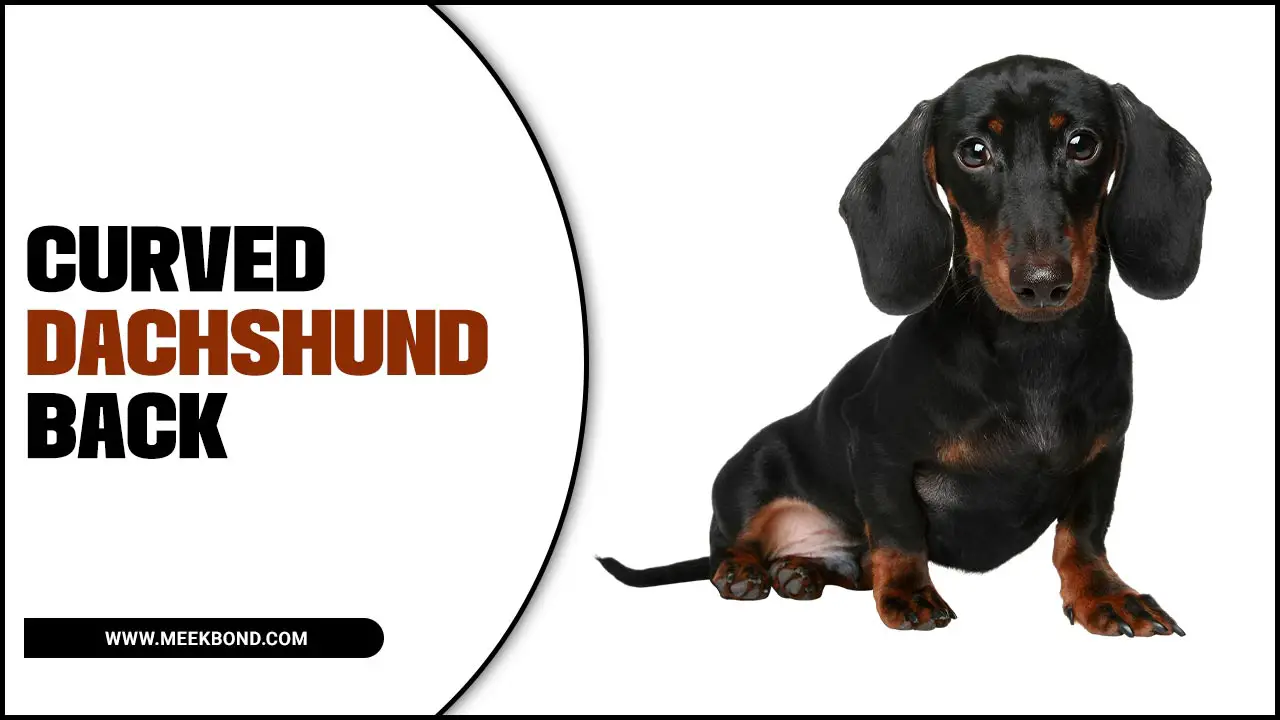
Types Of Curved-Dachshund Backs
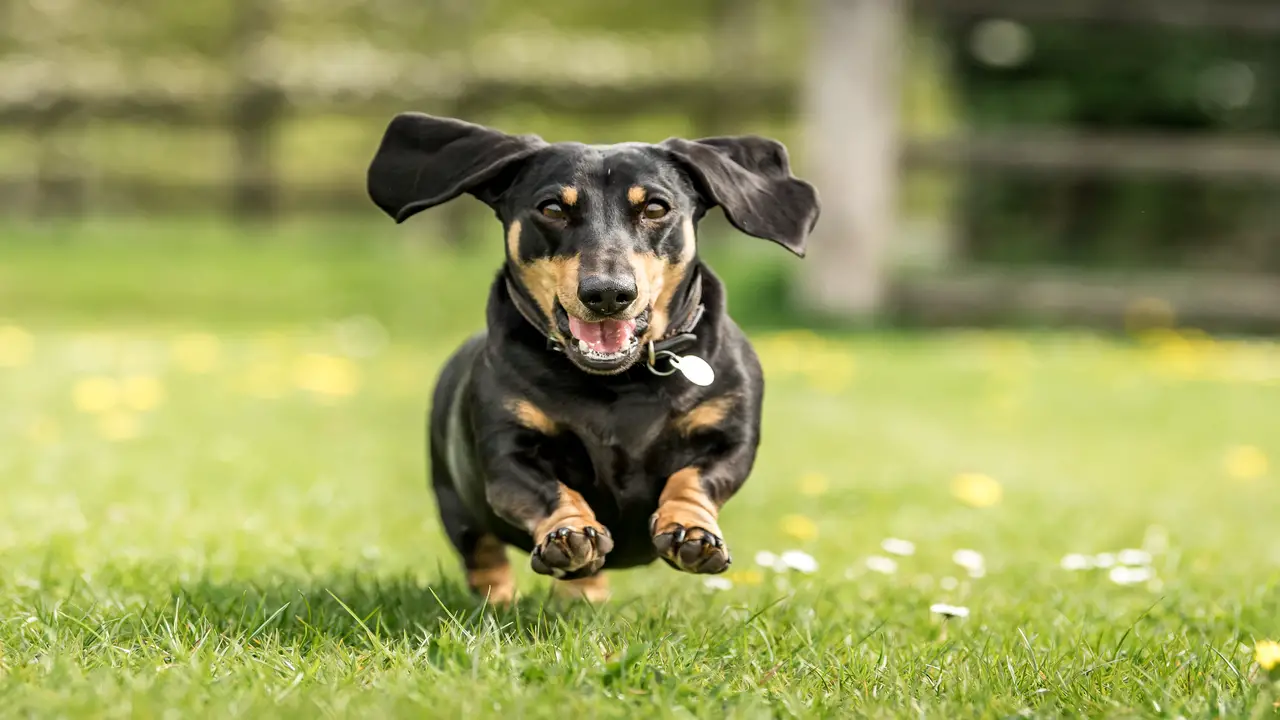
Regarding curved-dachshund backs, several types can occur. It’s important to note that not all dachshunds will have a curved back, and those that may have varying degrees of curvature. If you notice any abnormality or discomfort in your dachshund’s back, it’s best to consult with a veterinarian for proper evaluation and guidance. These include:
- Swayback: This is when the spine has a gentle curve or dip in the middle, giving the dog a swayback appearance.
- Roached back: This is when the middle portion of the back arches upward, creating a hump-like shape.
- Hunched back: This is when the entire back is rounded and hunched rather than having a smooth curve.
- Corkscrew back: This is when the spine twists or spirals along its length, resulting in a curved appearance.
Physical Symptoms And Behavioral Changes
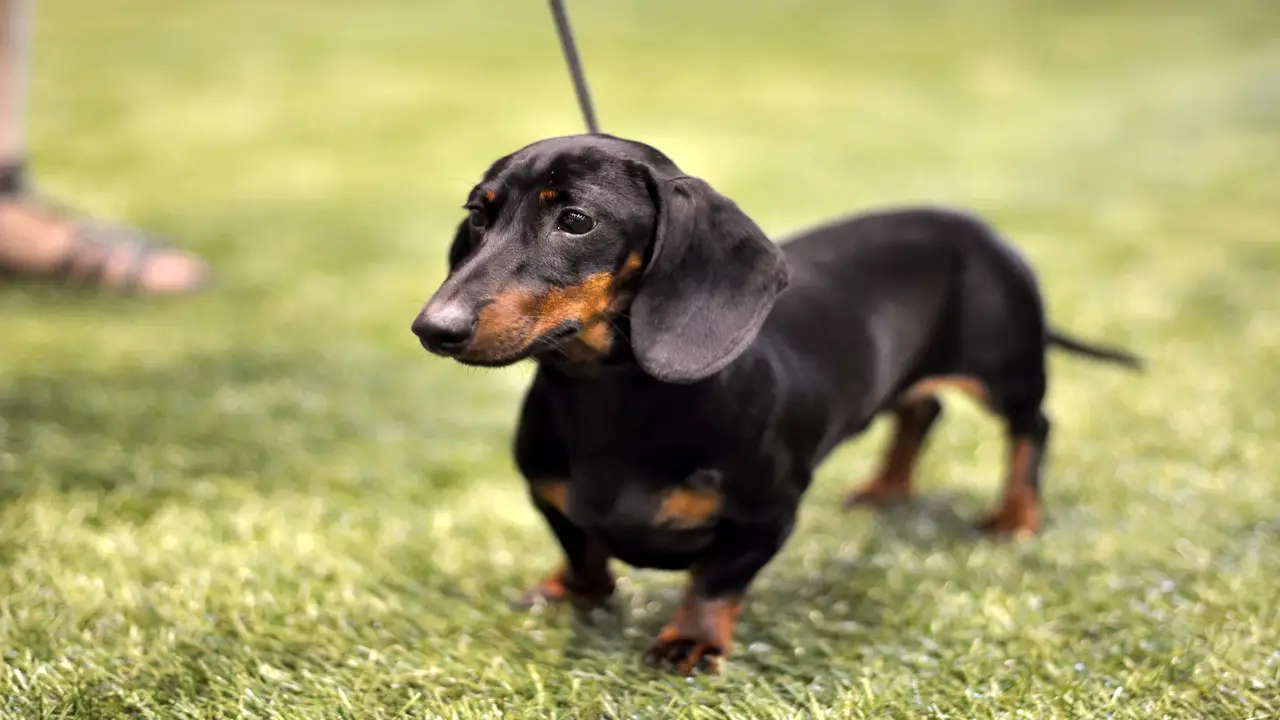
Physical symptoms of a curved-dachshund back include pain, difficulty walking, and dragging hind legs. You may also notice behavioral changes in your furry friend, such as restlessness, irritability, or reluctance to move. Dogs with this condition may experience discomfort when touched or picked up, and in severe cases, they may exhibit signs of complete paralysis.
If you suspect spinal problems, seeking immediate veterinary attention is important to ensure proper diagnosis and treatment. Remember to provide your pup with the necessary care and precautions to alleviate abdominal and spinal pain.
Identifying Signs Of A Curved-Dachshund Back
Identifying signs of a curved-dachshund back is important for the health and wellbeing of your furry friend. Here are some common signs to look out for. If you notice any of these signs, it is important to consult with a veterinarian who can provide a proper diagnosis and recommend appropriate treatment options for your dachshund’s specific needs.
-
- Difficulty walking or jumping: A curved-dachshund back can strain the spine, making it difficult for them to move around as freely as other dogs.
- Pain or discomfort: If your dachshund is experiencing pain or discomfort in their back, it may show signs such as whimpering, yelping, or avoiding certain movements.
- Changes in posture: A curved-dachshund back can cause changes in their posture, such as a hunched or arched appearance.
- Loss of muscle tone: The strain on their spine can lead to a loss of muscle tone in their hind legs.
What Causes A Curved Dachshund Back?
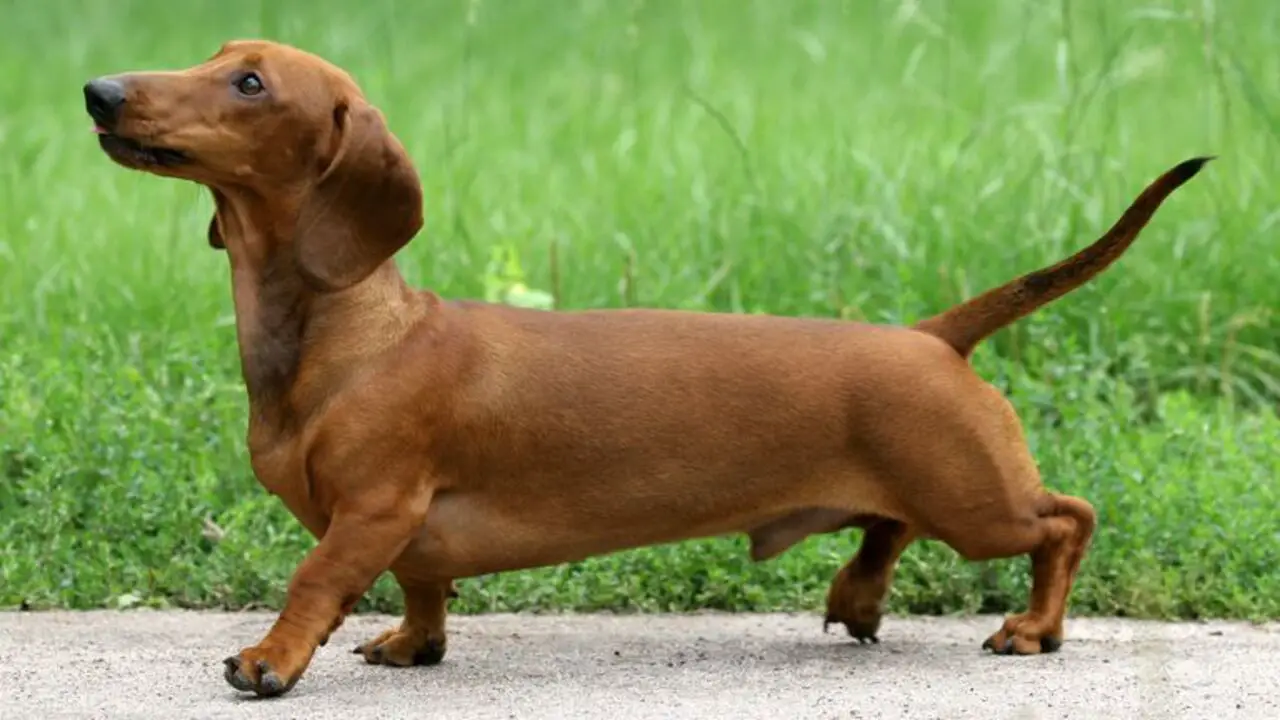
A curved dachshund back, also known as a “roached” back, is a characteristic feature of the breed. It is caused by a genetic condition called chondrodystrophy, which affects the development of the spine and leads to abnormal curvature. Here are some key points about what causes a curved-dachshund back:
- Genetics: The main cause of a curved-dachshund back is genetics. The breed has been selectively bred for their long bodies and short legs, which can contribute to spinal abnormalities.
- Intervertebral Disc Disease (IVDD): While genetics play a major role in developing a curved back, dachshunds are also prone to intervertebral disc disease (IVDD). This condition occurs when the discs between the vertebrae degenerate or become damaged, leading to spinal issues.
- Weight and Exercise: Excessive weight and lack of exercise can exacerbate spinal problems in dachshunds. It is important to keep them at a healthy weight and provide regular low-impact exercise to help support their backs.
- Careful Handling: Due to their unique body structure, dachshunds should be handled carefully to avoid putting excessive strain on their backs. Lifting them properly and using ramps instead of stairs can help reduce the risk of injury.
While a curved-dachshund back may be a defining characteristic of the breed, it is important to monitor your dog’s health and seek veterinary attention if any signs of pain or mobility issues arise. Regular check-ups and preventive measures can help ensure your furry friend stays happy and comfortable.
How To Support Your Dachshund With A Curved Back?
If your dachshund has a curved back, you can support them in several ways and help alleviate any discomfort they may experience. Here are some tips to consider. Remember, it’s essential to work closely with your veterinarian to develop a comprehensive plan that addresses your dachshund’s specific needs and ensures their comfort and wellbeing.
- Provide a supportive bed: Invest in a high-quality orthopedic bed with proper spinal support. Look for beds specifically designed for dogs with back issues or those that provide extra cushioning.
- Manage their weight: Excess weight can strain your dachshund’s back. Ensure they maintain a healthy weight through portion control and regular exercise. Consult with your veterinarian for guidance on an appropriate diet plan.
- Avoid activities that strain the back: Minimize activities that require your dachshund to jump or climb stairs, as these movements can exacerbate your back condition. Instead, opt for low-impact exercises like short walks or swimming.
- Use ramps or steps: To prevent your dachshund from jumping onto furniture or in and out of cars, provide ramps or steps for easier access. This reduces the stress on their spine and helps prevent further damage.
- Consider physical therapy: Consult with a veterinarian specializing in canine rehabilitation to explore physical therapy options tailored to your dachshund’s needs. Therapeutic exercises and techniques can help strengthen their muscles and improve overall mobility.
Medical Treatments And Therapies
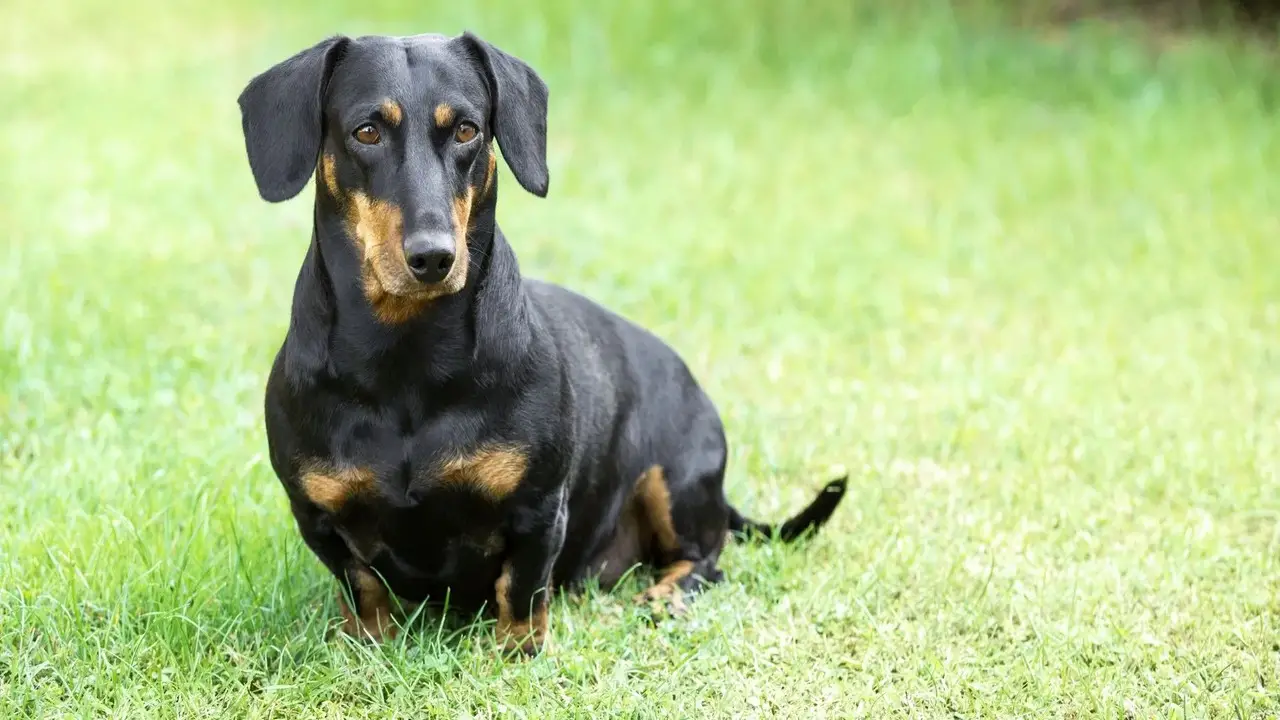
When addressing a curved-dachshund back, your veterinarian may perform diagnostic tests like radiographs to assess the severity of the condition. Surgical options such as spinal surgery might be necessary depending on the case. To provide relief from discomfort, anti-inflammatory medications or pain management techniques can be utilized.
Physiotherapy or physical therapy exercises are beneficial in improving muscle strength and flexibility. It is essential to schedule regular vet appointments to monitor progress and make necessary adjustments to the treatment plan. By following these medical treatments and therapies, you can help support your furry friend’s wellbeing and alleviate any suffering they may experience.
Treatments For Curved-Dachshund Back
Treatment options for a curved-dachshund back can vary depending on the underlying cause. To manage symptoms, pain medication and anti-inflammatory drugs may be prescribed. Rest and crate confinement may also be necessary to prevent further injury. Physical therapy exercises can help strengthen the back and improve mobility.
In some cases, surgical intervention may be required to relieve pressure on the spinal cord. Working closely with a veterinarian is important to determine the most appropriate treatment plan for your furry friend.
Lifestyle Adjustments For A Dachshund With A Curved Back
To ensure the well-being of your dachshund with a curved back, it’s important to make lifestyle adjustments. Create a safe environment by avoiding activities that strain the back, like excessive jumping or rough play. Instead, use ramps or steps to help your furry friend access elevated surfaces without putting additional pressure on their spine.
Provide a comfortable and supportive crate or bed for rest and sleep, promoting proper alignment and minimizing discomfort. Additionally, regular exercise, within the limits set by your veterinarian, can help maintain muscle tone and overall spinal health. Remember, taking these precautions can significantly improve your dachshund’s quality of life.
Home Care Tips For Your Dachshund
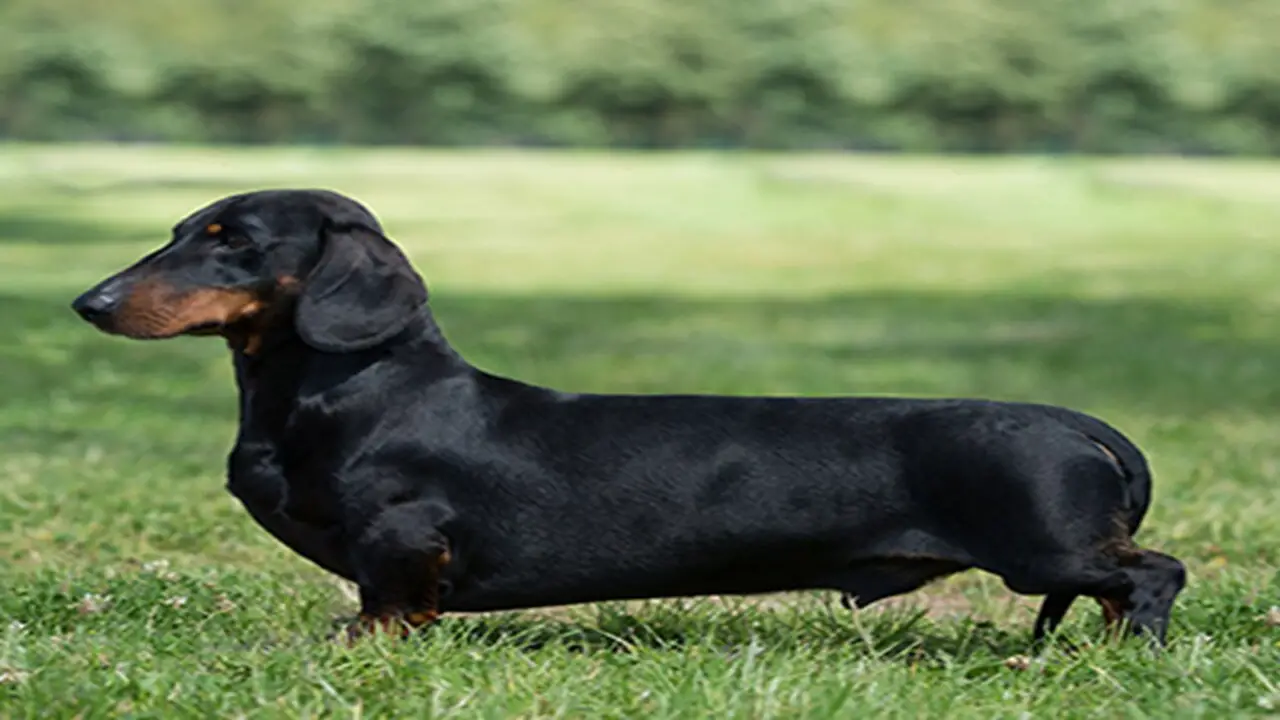
You can follow some home care tips to ensure your dachshund’s well-being. First, consider placing rugs or carpeting on slippery surfaces to prevent falls and injuries. Additionally, it’s important to avoid carrying your dachshund for prolonged periods to reduce strain on your back.
Maintaining a balanced diet is also crucial, as it helps maintain a healthy weight and reduces stress on the back. Regularly grooming your dachshund allows you to check for any signs of discomfort or abnormalities. Lastly, be vigilant for any changes in behavior or signs of pain, and consult your veterinarian if necessary.
Conclusion
To provide the best care for your curved dachshund back, it is important to realize that various factors can cause this condition, and each may require a different approach for support. Be alert to any physical symptoms or behavioral changes in your pet, as they could be signs of a curved back. Seeking medical treatments and therapies and making necessary lifestyle adjustments can significantly enhance their quality of life.
It is crucial to create a comfortable and supportive environment at home, tailored to your dog’s specific needs. This could include providing orthopedic beds or ramps for easy movement around the house. It is also essential to maintain a healthy weight and engage in low-impact exercises like swimming or physical therapy to strengthen their muscles and joints.
Frequently Asked Questions
Can Regular Exercise Help In Maintaining Your Dachshund’s Back Health?
Regular exercise plays a crucial role in maintaining your Dachshund’s back health. By strengthening their muscles, exercise can help prevent spine-related issues. It also helps in preventing obesity, which can strain their back.
Why Does My Dachshund Have A Curved Back?
Dachshunds may have a curved back due to intervertebral disc disease (IVDD), where the discs between the vertebrae degenerate. Other factors, like poor breeding practices and obesity, can contribute to this condition.
What Are The Early Signs Of Back Problems In Dachshunds?
Early signs of back problems in Dachshunds include difficulty with stairs or furniture, reluctance to move, vocalization when picked up, a hunched back, limping, and dragging hind legs.
What Is The Life Expectancy Of A Dog With IVDD?
The life expectancy of a dog with IVDD (Intervertebral Disc Disease) depends on the severity and treatment. Mild cases may resolve with rest and pain management, while severe cases may require surgery. With proper care, many dogs can live a normal lifespan.
Why Do Dachshunds Have Back Problems?
Dachshunds are prone to back problems due to their long spine and short legs, which puts extra stress on their backs. Intervertebral disc disease (IVDD) is a common issue in the breed. Factors like obesity and lack of exercise can also contribute to these problems.

Aquarium passion is all about connecting with the aquatic life and providing education to the public on the importance of these creatures. We showcase a wide variety of marine life through our exhibits as well as working with schools to provide unique learning opportunities for students of all ages.


